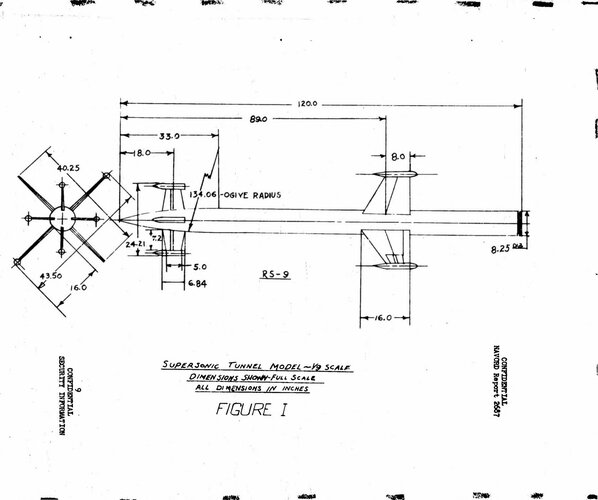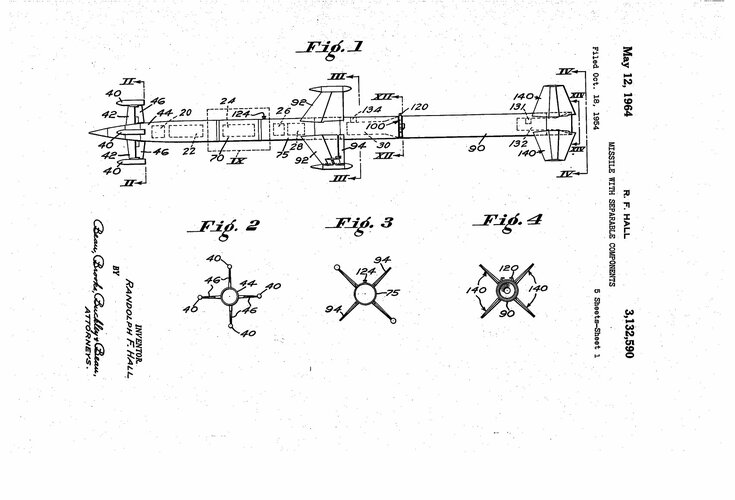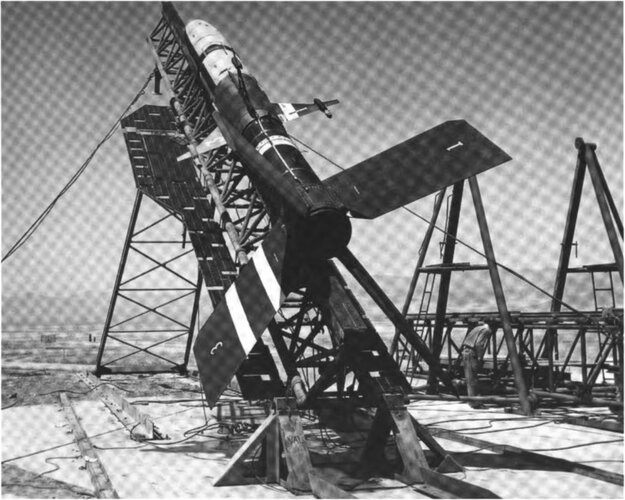D
Deleted member 2278
Guest
A primer:
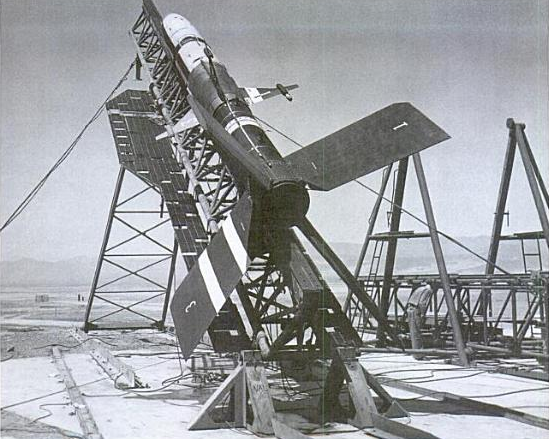
 en.wikipedia.org
en.wikipedia.org
Some additional information on the MIT/Bell Meteor that might be of interest.
A report on the RS-9 configuration:
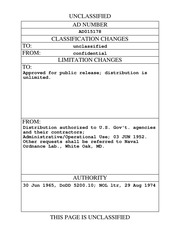
Some warhead testing:
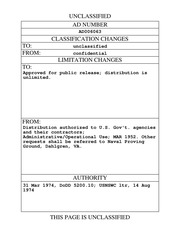

AAM-N-5 Meteor - Wikipedia
Some additional information on the MIT/Bell Meteor that might be of interest.
A report on the RS-9 configuration:
DTIC AD0015178: WIND TUNNEL INVESTIGATION OF THE RS-9 METEOR AT MACH NUMBER 2.87 : Defense Technical Information Center : Free Download, Borrow, and Streaming : Internet Archive
The tests were made to determine the stability and control characteristics of the RS-9 Meteor at M = 2.87. Five-component force data comprising pitch, yaw, and...
archive.org
Some warhead testing:
DTIC AD0006063: WARHEADS FOR AIR TARGET GUIDED MISSILES; TESTING OF - THIRTY-NINTH PARTIAL REPORT - ROD-EXPELLING WARHEADS, TEST OF NOL MODELS 119 AND 121 - FINAL REPORT - AND APPENDIXES A THRU F : Defense Technical Information Center : Free Download
Three types of war heads were detonated from a stationary posit ion to determine the extent to which passageways (provided for electrical leads) produce...
archive.org

